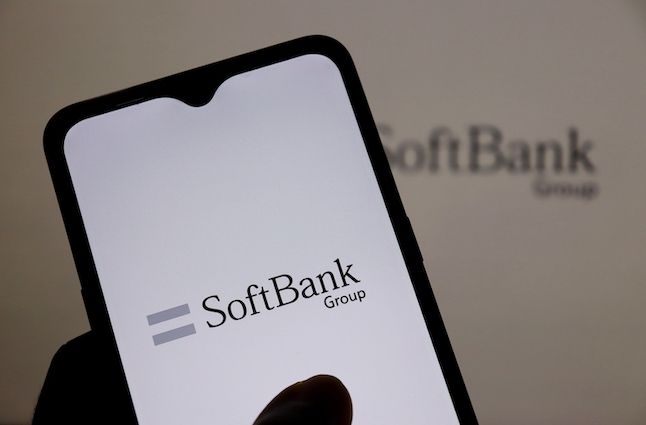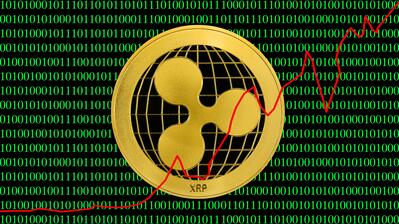BOJ to slow pace of bond taper next year as fresh risks emerge

By Leika Kihara and Makiko Yamazaki
TOKYO, June 17 (Reuters) - The Bank of Japan kept interest rates steady on Tuesday and decided to decelerate the pace of its balance sheet drawdown next year, signaling its preference to move cautiously in removing remnants of its massive, decade-long stimulus.
The decision came as an escalating Middle East conflict and U.S. tariffs complicate the BOJ's task of raising still-low interest rates and reducing a balance sheet that has ballooned to roughly the size of Japan's economy.
"There are various risks to the outlook. In particular, it is extremely uncertain how trade and other policies in each jurisdiction will evolve and how overseas economic activity and prices will react to them," the BOJ said in a statement.
Markets are focusing on how BOJ Governor Kazuo Ueda will balance U.S. tariff risks and domestic inflationary pressure in his post-meeting briefing, for clues on how soon the central bank could resume interest rate hikes.
In a widely expected move, the BOJ maintained short-term interest rates at 0.5% by a unanimous vote at its two-day policy meeting that ended on Tuesday.
The central bank also made no changes to an existing bond tapering plan, under which it will reduce government bond purchases by 400 billion yen ($2.76 billion) per quarter so that monthly buying slows to around 3 trillion yen by March 2026.
However, in an extended quantitative tightening (QT) plan decided on Tuesday, the BOJ will halve the quarterly reduction amount from fiscal 2026 so that monthly purchases fall to around 2 trillion yen by March 2027. That pace aligns with requests the BOJ received from several market players in meetings last month.
Board member Naoki Tamura dissented on that particular decision, calling instead for the BOJ to keep reducing purchases by 400 billion yen per quarter during fiscal 2026.
Japanese government bond (JGB) yields rose after the BOJ's announcement with the benchmark 10-year bond yield up three basis points to 1.48%.
The slower balance sheet drawdown signals the BOJ's concerns about disrupting markets in the wake of last month's spike in super-long government bond yields.
"Today's decision is market friendly," said Saisuke Sakai, senior economist at Mizuho Research & Technologies in Tokyo. "Slowing the pace of tapering would work to keep long-term rates from rising too much."
The BOJ said it will conduct an interim review of the fiscal 2026 taper programme at its policy meeting in June next year.
"In case long-term interest rates rise rapidly, the BOJ will respond nimbly, such as by increasing its bond purchases," the central bank said in the statement, adding that its JGB holdings will fall roughly 16-17% in March 2027 from levels in June 2024.
INFLATION PRESSURES
The BOJ ended its yield curve control and began tapering its huge bond buying last year. It also raised short-term rates to 0.5% in January on the view Japan was making progress towards durably achieving its 2% inflation target.
The BOJ's policy normalisation is at a crossroads as steep U.S. tariffs hurt Japan's export-heavy economy, forcing the board to cut its growth and inflation forecasts on May 1.
Japanese Prime Minister Shigeru Ishiba and U.S. President Donald Trump agreed to push ahead with trade talks on Monday, but failed to achieve a breakthrough that would cut or eliminate tariffs that threaten to hobble the export-reliant economy.
The escalating conflict between Iran and Israel adds to headaches for policymakers as it could muddle the price outlook by boosting crude oil prices and heightening market volatility.
But delaying rate hikes for too long could leave the BOJ behind the curve in dealing with inflationary pressure, as firms continue to pass on rising raw material and labour costs.
Japan's core inflation hit a more than two-year high of 3.5% in April, well exceeding the BOJ's 2% target, due to a 7.0% surge in food prices.
In the statement, the BOJ maintained its view that inflation is expected to increase gradually due to labour shortages.
"Our view is that the BOJ needs to normalise because inflation is looking like it is stubbornly above the BOJ's 2% target," said Khoon Goh, head of Asia Research at ANZ in Singapore.
"A weak yen is definitely one of the causes for the upward pressure on inflation, and especially with the recent spike up in oil prices due to the geopolitical uncertainty, that's going to add a bit more near-term upside risk to inflation as well, given that Japan is a major importer of oil," Goh said.
($1 = 144.9100 yen)







